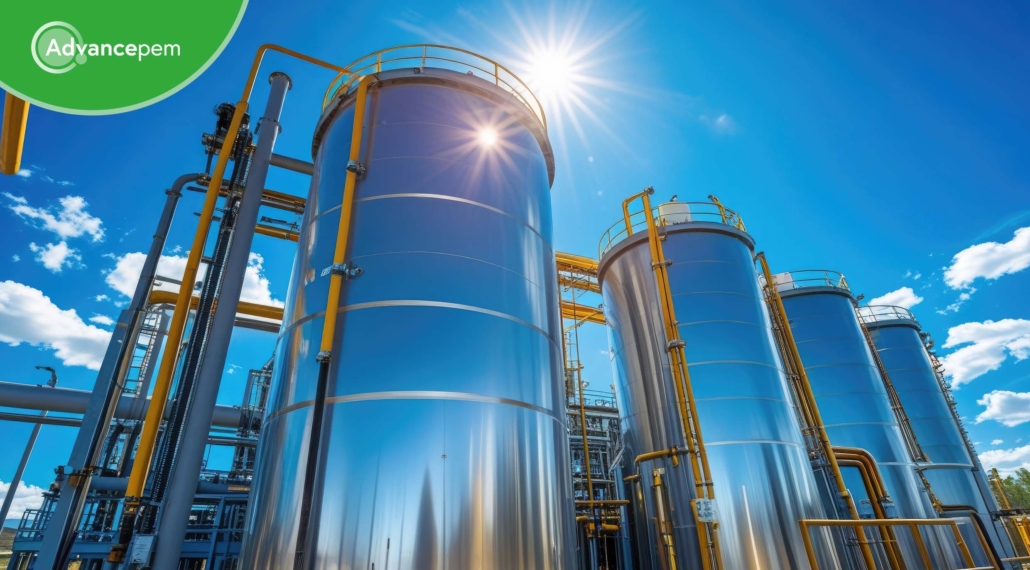EFCF 2025 – CNR-ITAE
Antonino S. Aricò, director of CNR-ITAE, presented the latest findings on high-pressure PEM water electrolysis at the European Fuel Cell Forum 2025 in Lucerne, Switzerland.
This high-pressure approach aims to significantly reduce energy use by minimising post-electrolysis compression.
The team at CNR tested several PFSA membranes, including cast, reinforced and radical scavenger-enhanced variants, showing promising electrochemical performance and long-term stability over 2,000 hours. Advanced characterisation techniques such as XRD, XRF, TEM and SEM were used to assess the physical and chemical stability of membrane-electrode assemblies before and after operation.
These results mark an important step toward more efficient, cost-effective PEM water electrolysis for green hydrogen production.
Below is the abstract of the presentation.
Abstract – An innovative PEM water electrolysis system for green hydrogen production
Proton exchange membrane water electrolysis (PEMWE) powered by renewable sources is gaining importance for green hydrogen production. This technology is particularly suitable for operation with intermittent loads facilitating grid balancing service when required by differences in energy generation and consumption. By improving PEM water electrolysis technology, it can be possible to enhance grid services, including improving power quality, controlling frequency and voltage, reducing peak, load shifting, and responding to consumer demand changes. To enable large-scale use of PEMWEs, it’s crucial to lower capital costs. Moreover, innovations that allow higher current density, increased operating temperatures, and greater hydrogen pressure are necessary for significant advancements in technology. The ADVANCEPEM project aims to develop an innovative PEM electrolyser able to generate hydrogen at extremely high pressure (200 bar), which will minimize the energy needed for subsequent compression processes. Producing highly pressurized hydrogen directly from water electrolysis can significantly reduce the energy needed compared to compressing the gas afterward. The study expects to lower capital costs by reducing the amount of critical raw materials used, developing cost-effective coated bipolar plates, and utilizing reinforced PFSA polymer membranes that exhibit high conductivity, glass transition temperatures and crystallinity. Cast, cast with radical scavenger powder and reinforced membranes were electrochemically investigated by means of polarization tests, impedance spectroscopy analysis (EIS), and stability tests over 2000 hours. In addition, X-ray diffraction (XRD), X-ray fluorescence (XRF), transmission electron microscopy (TEM) and scanning electron microscopy (SEM) techniques were employed to investigate the chemical-physical properties and the morphology of the membrane-electrode assemblies (MEAs) under study before and after the steady-state tests.







